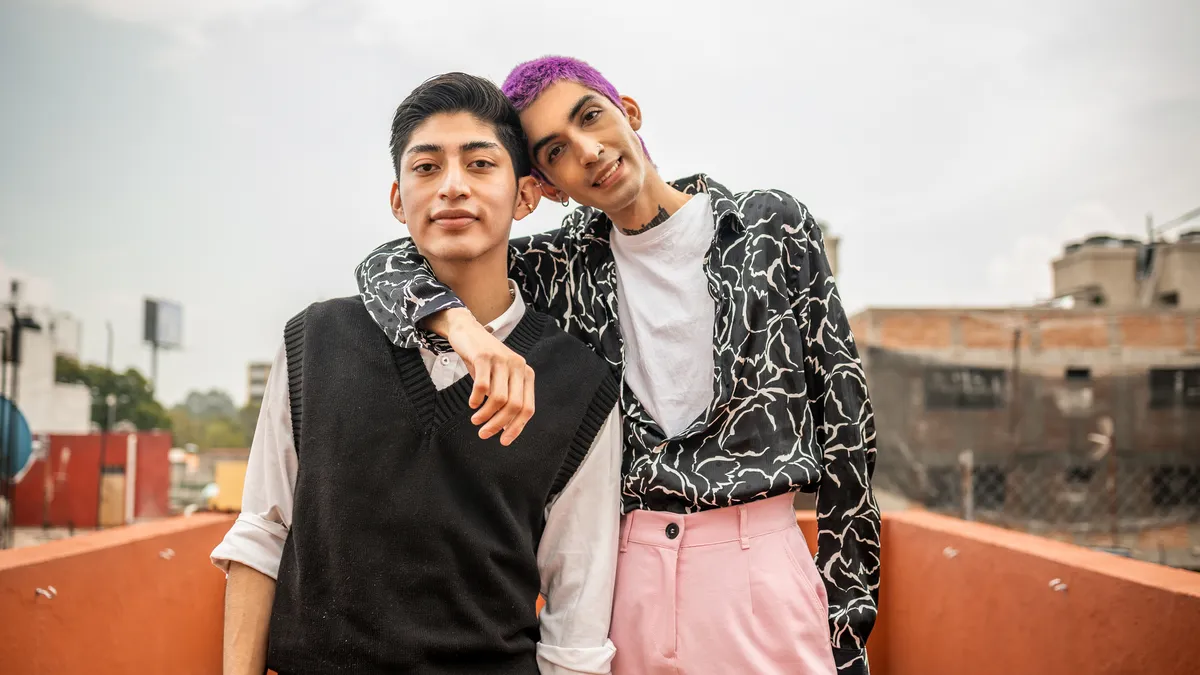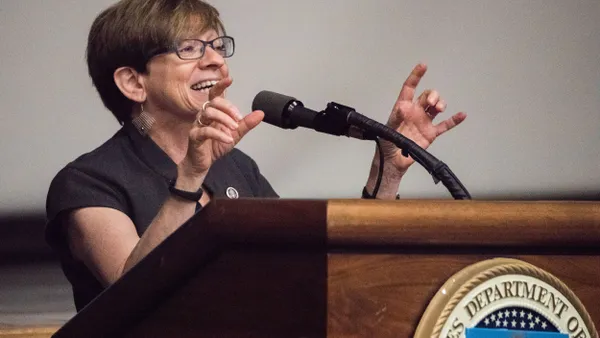What does showing up for LGBTQ employees look like?
At the Society for Human Resource Management’s 2022 annual conference, Tara B. Taylor, ADR Vantage’s managing director and diversity, equity and inclusion lead, gave her session attendees a crash course in gay and trans workplace issues. As outlined by SHRM, “LGBTQ+ people find themselves excluded, unwelcome, and uncomfortable in the workplace.” Taylor shared proactive and reactive strategies to combat these experiences, including standards of compliance, and ways to foster inclusion, belonging and psychological safety. She also outlined important differences between sexual orientation and gender identity.
Below are insights from Taylor’s presentation, with references and definitions related to the LGBTQ community, foundations of which are provided by the Trevor Project’s trans allyship guidance and Human Rights Campaign’s LGBTQ term glossary.
Asexual
Signified by the “A” in the phrase “LGBTQIA,” asexuality refers to a partial or complete lack of sexual attraction or interest in sexual activity with others.
Bisexual
This term refers to a person who is emotionally, romantically or sexually attracted to more than one sex or gender identity. The HRC takes care to note that this person may not experience their attractions “simultaneously, in the same way, or to the same degree.”
Cisgender
A cisgender person is one whose gender identity aligns with the sex assigned to them at birth.
Gay
This term refers to someone who is “emotionally, romantically or sexually attracted to members of the same gender.” People of any gender may use this term to describe themselves, HRC noted.
Gender binary and nonbinary
The HRC describes the gender binary as a system in which “gender is constructed into two strict categories of male or female.” In turn, nonbinary is a term describing a person who does not identify solely as being a man or woman.
“Non-binary people may identify as being both a man and a woman, somewhere in between, or as falling completely outside these categories,” HRC said. The organization also notes that some nonbinary folks may identify as transgender; some do not. “Non-binary can also be used as an umbrella term encompassing identities such as agender, bigender, genderqueer or gender-fluid,” HRC added.
Gender identity
Gender identity refers to someone’s “innermost concept of self as male, female, a blend of both or neither,” HRC wrote. It’s “how individuals perceive themselves and what they call themselves.” Taylor told the SHRM crowd, “gender identity, for so many people, is dependent on your life experiences, about how you were raised, about the society that you're in and how they determine what's appropriate for male and female.” She added that gendered norms differ from country to country.
Gender expression
Complementary to gender identity, this term encompasses all the ways a person can express their gender externally: from behavior, to style, to hair and makeup, to voice. HRC noted that these elements “may or may not conform to socially defined behaviors and characteristics typically associated with being either masculine or feminine.”
“Identity doesn't always ‘match’ the behaviors, the appearance or outward expression. Remember this when you’re thinking about somebody who doesn't identify with the binary checkboxes of male and female. They decide their own identity,” Taylor said to her SHRM audience. “We don't get to do it for them.”
Intersex
Intersex is an adjective describing a person born with a variety of sex traits or reproductive anatomy. This includes differences in chromosomes, gonads, genitalia, hormone production and response, internal sex organs and/or secondary sex traits.
Lesbian
A lesbian is a woman or nonbinary person who is emotionally, romantically or sexually attracted to women.
LGBTQ+
This acronym stands for “lesbian, gay, bisexual, transgender and queer.” The plus sign is commonly added to recognize the “limitless” sexual orientations and gender identities of the community, HRC outlined. Sometimes, this acronym is written as LGBTQIAP+. The latter letters stand for “intersex, asexual, and pansexual.”
Pansexual
Speaking of which, this term describes a person who has “the potential for emotional, romantic or sexual attraction to people of any gender,” HRC explained, “though not necessarily simultaneously, in the same way or to the same degree.”
Pronouns
Another robust conversation in the seminar revolved around pronouns, the gendered words used to describe an individual’s actions. Her best practices for being conscious of pronouns included cisgender folks introducing themselves with their pronouns to normalize and encourage the practice of disclosing them. She also urged conference-goers to straight up ask.
Taylor also pushed SHRM attendees to think about gendered language beyond pronouns. For example, she asked the crowd, how many times had they heard speakers greet the audience with “Hey, guys.” In real time, she corrected herself for addressing certain audience members as “ma’am,” recognizing that she may have misgendered them by assuming their gender identity.
Queer
Notably, SHRM’s LGBTQ workplace inclusion session turned to the conversation around the word “queer.” The word is used to encompass “a spectrum of identities and orientations that are counter to the mainstream,” HRC said in its glossary. “Queer is often used as a catch-all to include many people, including those who do not identify as exclusively straight and/or folks who have non-binary or gender-expansive identities.”
So who can say the Q word? “The trick is in-group versus out-group,” Taylor said. “It's not been OK to use that word. People still hear it as a hateful term,” she added. As is the case with other reclaimed slurs, Taylor said it’s best to check in with whether someone wants to be referred to as “queer.”
Sexual orientation
Also referred to as “sexuality,” sexual orientation refers to an “inherent or immutable, enduring emotional, romantic or sexual attraction to other people.”
Transgender
Taylor pointed out, and HRC also indicates, transgender identity does not imply a specific sexual orientation.
Transgender is an umbrella term for people whose gender identity and/or expression is different from the sex they were assigned at birth.
Trans-inclusive bathroom policies were a key part of Taylor’s presentation. Taking cues from OSHA, Taylor emphasized, “All employees, including transgender employees, should have access to restrooms that correspond with their gender identity. Not ‘might’ or ‘may,’ but ‘should,’” adding that OSHA discourages HR managers from asking employees to provide medical or legal documentation of their gender to have access to an appropriate restroom.
She continued, saying that trans employees should not be relegated to faraway bathrooms, or facilities that have an “unreasonable distance or travel time,” and raised a 2017 rule by the EEOC which said that “just because other employees are uncomfortable, [that] isn't a reason for a transgender employee or anybody else to use a separate restroom.” Beyond a single person bathroom, employers have the option to create multi-stall gender-neutral restrooms, Taylor said.
“You can extend the doors, put privacy panels in between that little gap that's there. For the urinal, you can extend the walls to come out at a further extension and have temporary doors that lock,” she added, saying that OSHA will help companies make their bathrooms more inclusive and accessible in this way.














